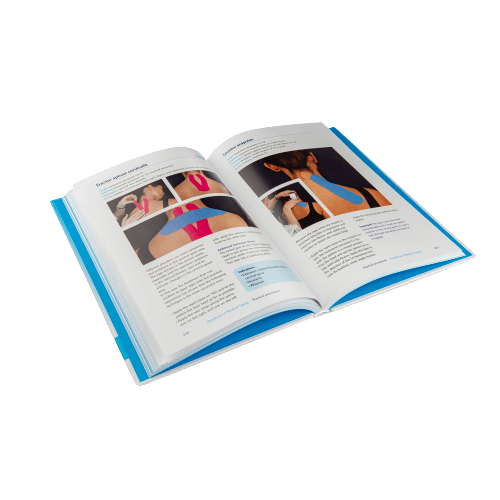Are you looking for a supportive option for ACL injuries? CureTape kinesiology tape could be the solution you need. It’s not just for post-surgery recovery; it can also aid in therapeutic treatment for ACL injuries that don’t require surgery, helping to speed up the healing process. Clients have reported feeling more secure after using this tape during their recovery, as it provides additional support to the knee joint. Athletes often use it preventatively during activities like skiing and football to help avoid injuries.
About the anterior cruciate ligament
There are two cruciate ligaments in the knee; the anterior and posterior cruciate ligaments. They both connect the upper leg with the lower leg and together ensure the stability of the knee. The anterior cruciate ligament is a strong ligament in the centre of the knee which prevents the lower leg from sliding forward in relation to the upper leg and also limits excessive rotational movements in the knee. The anterior cruciate ligament can tear completely, overstretch or suffer a partial rupture.
A completely torn cruciate ligament is usually operated on. Sports activities such as football and handball are the main causes of injury to the anterior cruciate ligament. Because the hamstrings are often less powerful in women than in men, this injury is more common in women.
Symptoms of an anterior cruciate ligament injury:
- Sudden pain.
- Swelling quite immediately after the trauma, due to bleeding in the joint.
- Feeling of a “creak” or “plop” in the knee.
- Full extension and flexion of the knee is not possible or painful.
- Feeling of instability (sagging).
- The knee is ‘locked’.
Get started with these items to tape your ACL injury
-
CureTape® Sports Extra Sticky Kinesiology Tape
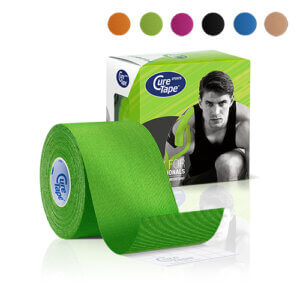 $21.95
In stockSelect options This product has multiple variants. The options may be chosen on the product page
$21.95
In stockSelect options This product has multiple variants. The options may be chosen on the product page -
MYCureTape® – 3 Rolls Kinesiology Tape – Value Pack
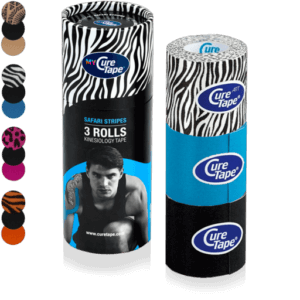 $26.95
In stockSelect options This product has multiple variants. The options may be chosen on the product page
$26.95
In stockSelect options This product has multiple variants. The options may be chosen on the product page -
Standard scissors
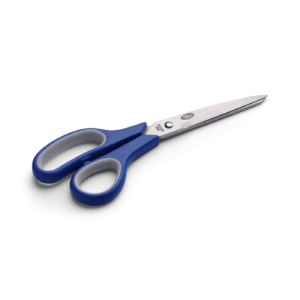 $14.95
In stockAdd to cart
$14.95
In stockAdd to cart -
CureTape® Pre-Tape Spray
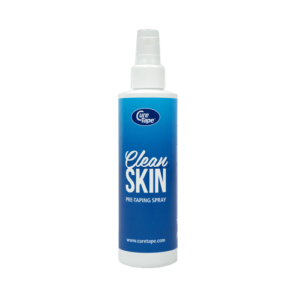 $21.95
In stockAdd to cart
$21.95
In stockAdd to cart

Christina’s advice when taping your knee
When taping your knee, it’s crucial to choose a tape that provides strong adhesion and support. That’s why I recommend CureTape kinesiology tape. For regular use, CureTape Classic or Art is ideal. However, if you’re engaging in extreme sports or swimming, opt for the extra sticky CureTape Sports variant!
Preparation for taping your ACL injury
Tape
Shape: I Tape
Number of strips: 1
Technique: Ligament Technique
Tape instructions
Step 1:
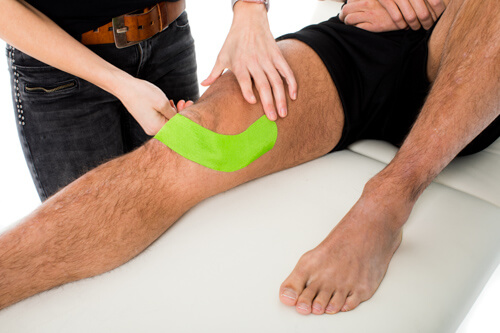
Step 2:

Instructions for professionals
The I-tape is applied using the ligament technique.
- The patient lies supine with the knee bent.
- The middle of the I tape is applied to the tuberosity of the tibiae without stretching.
- The patient brings the knee into extension (press the tibia to dorsal using the tape) and applies both strips with medium stretch at the joint gap (posterolaterally and posteromedially in the direction of the thigh).
- Finally, apply both ends to mid-thigh.
Instructions for self taping (non-professionals)
The I-tape is applied using the ligament technique.
- Start by lying on your back with your knee bent.
- Place the middle of the tape just below your knee, without pulling it too tightly.
- Straighten your knee and gently stretch the tape as you apply it on both sides of your knee, towards your thigh.
- Finish by securing the ends of the tape to the middle of your thigh.
Pro Tip: Since the tape is applied to the knee, knee movements can sometimes cause it to loosen prematurely. Using CureTape Sports, as shown in the example provided, can help the tape application last longer.
Learn how to tape
- The Ultimate Taping Guide: Focuses on self-taping for the 30 most common injuries where taping provides support.
- Kinesiology Taping Method Manual: Designed for (para medical) professionals, covering basic taping techniques and various pathologies.
- Decompressive Taping Techniques Manual: Specifically focuses on lymphatic taping methods for decompression.
What are you waiting for? Order a copy today!
THYSOL is the manufacturer of the kinesiology tape brand CureTape. As CureTape, we have been training and supplying professionals for 25 years. And consumers now know how to find us too! By manufacturing all our tapes in our own factory, we can guarantee the best quality!
Please note that the indicated tape applications and information on our website about the possibilities with kinesiology tape have not yet been scientifically proven. The statements and examples mentioned are based on long-term experiences of patients and trained therapists.
Contraindications not to tape: pregnancy, open wounds, broken bones, unexplained complaints, allergies and skin diseases, use of medication such as blood thinners, thrombosis and fever. Always apply tape in consultation with a specialist.

